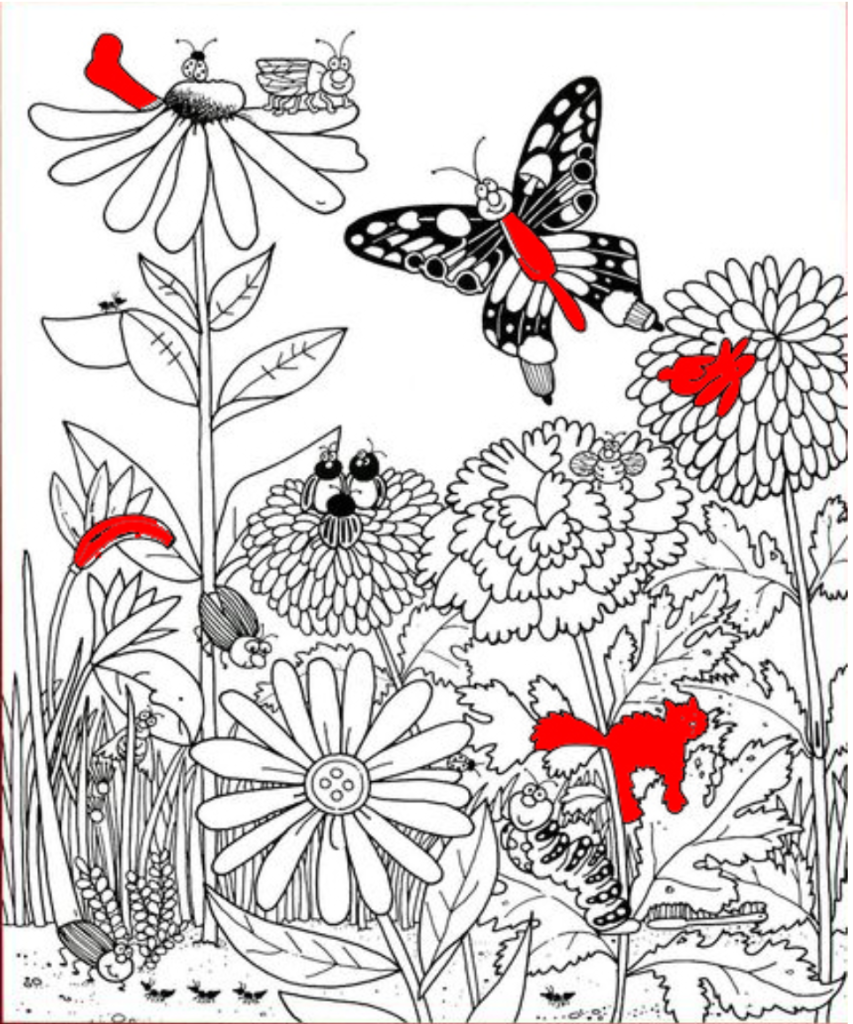Buzzing Blooms: Creating a Pollinator Paradise in Your Backyard
Why Pollinator Gardens Matter
Imagine a vibrant garden where butterflies dance among daisies, bees hum from bloom to bloom, and ladybugs patrol bright petals. Pollinator gardens aren’t just pretty—they’re critical ecosystems that support food production, biodiversity, and ecological resilience. By planting a variety of native flowers and providing habitat, you can welcome a host of beneficial insects—bees, butterflies, beetles, and more—turning your yard into a lively, self-sustaining haven.

The Role of Pollinators in Our Ecosystem
Pollinators transfer pollen grains from one flower to another, enabling fruit and seed development. They contribute to:
- Food Security: Nearly one-third of the crops we eat rely on animal pollination—think apples, berries, and almonds.
- Wildlife Habitat: Many birds and mammals depend on fruits and nuts produced through pollination.
- Biodiversity: Pollinator activity keeps native plant communities robust, sustaining complex food webs.
Nurturing pollinators helps safeguard these essential ecosystem services—and ensures we enjoy a world full of colorful blossoms and abundant harvests.
Key Elements of a Thriving Pollinator Garden
To attract and sustain a diverse cast of garden helpers, include these core components:
- Native Flower Diversity
- Spring Bloomers: Early crocuses, pussy willows, and native violets fuel emerging queens and solitary bees.
- Summer Staples: Echinacea (coneflowers), asters, and milkweed draw butterflies and bumblebees.
- Fall Finale: Goldenrod, sedum, and late asters offer vital nectar before winter hibernation.
- Shelter and Nesting Sites
- Bare Soil Patches: Many solitary bees nest in undisturbed ground cavities.
- Brush Piles & Deadwood: Ladybugs and lacewings overwinter in twiggy shelters and beneath bark.
- Hollow Stems & Bee Hotels: Bundles of bamboo or drilled blocks provide cozy nests for mason and leafcutter bees.
- Water Sources
- Shallow Puddles: Create a mud puddle with gently sloping stones where bees can hydrate and collect minerals.
- Drip Stations: A dripping bottle over a shallow dish doubles as a miniature waterfall for thirsty butterflies.
- Avoiding Harmful Chemicals
- No Neonicotinoids: These systemic insecticides harm bees even in tiny doses.
- Organic Pest Control: Encourage predatory insects like ladybugs and parasitic wasps instead of broad-spectrum sprays.
Keeping your garden chemical-free ensures pollinators can feed and breed safely.

Spotlight on Favorite Garden Visitors
Here are a few insect stars you’ll likely encounter:
- Honey Bees & Bumblebees: Social pollinators that buzz loudly through clover and clover-like blooms.
- Monarch & Swallowtail Butterflies: Their long proboscises seek out milkweed clusters and large composite flowers.
- Hoverflies & Syrphid Flies: Often mistaken for bees, they dart over blooms and prey on aphids as larvae.
- Beetles & Lacewings: Early-season beetles munch pollen, while lacewing larvae feast on garden pests.
Observing these visitors can be as rewarding as tending to the blooms themselves.

Design Tips for Year-Round Appeal
To keep your pollinator garden humming through every season, consider:
- Layered Heights: Plant tall sunflowers at the back, medium perennials in the middle, and low-growing herbs up front to create a multi-dimensional display.
- Continuous Blooms: Overlap bloom times by interplanting species with staggered flowering windows—this guarantees nectar from April through October.
- Color Planning: Bees favor blue, purple, and yellow; butterflies gravitate toward red and orange. A balanced palette draws the broadest audience.
- Pathways & Observation Spots: Winding paths invite you to step closer, while a simple bench offers the perfect vantage for butterfly-watching.
Strategic design enhances visual beauty and pollinator efficiency.

Maintaining Your Pollinator Paradise
Once established, a pollinator garden requires gentle care:
- Deadheading & Seed-Saving: Trim spent flowers to encourage new blooms, but leave some seedheads in fall for overwintering birds.
- Mulching Moderate: A thin layer of organic mulch suppresses weeds while still allowing ground-nesting bees access to soil.
- Seasonal Clean-Up: Instead of clearing all plant debris in autumn, leave hollow stalks and leaf litter in sheltered corners to provide insects with winter refuges.
- Native Plant Rotation: Introduce new native varieties each year to diversify nectar sources and prevent disease build-up.
Thoughtful upkeep ensures a vibrant, resilient habitat that evolves naturally.

Conclusion: Cultivating Connections with Nature
Transforming your patch of earth into a pollinator paradise does more than beautify your landscape. It fosters crucial wildlife partnerships, bolsters local food webs, and reconnects you with the wonder of nature’s tiny, tireless workers. From planting a rainbow of native flowers to building cozy bee hotels and offering safe puddles, every step you take invites colorful wings, gentle buzzes, and beneficial garden guardians into your outdoor sanctuary. Embrace the buzz—your backyard will come alive with the joy of pollinators, one blossom at a time.





